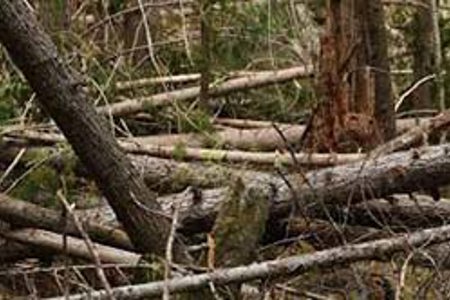
Principal Scientist at Gisborne District Council, Dr Murry Cave, shared his groundbreaking research on the impacts of Cyclone Gabrielle and the role of Large Woody Debris (LWD) Tairāwhiti at a conference in Quebec this week
Speaking at the 5th International Wood in World Rivers Conference in Gaspe, Quebec, Dr Cave’s work gained international attention after a presentation at the New Zealand Rivers Conference in late 2023.
Professor Ian Rutherford from the University of Melbourne was in the audience and was particularly struck by the significance of LWD during cyclones Hale and Gabrielle - including the loss and damage to bridges, community impact, and the tragic death of a young boy on Waikanae Beach after Cyclone Hale.
“Professor Rutherford felt this story needed to be told to an international audience and I was invited to present two papers at the conference,” says Dr Cave.
The first is on the impact of LWD on Tairāwhiti and the second outlines a novel methodology for determining the relative contribution of various woody types to LWD in New Zealand.
Dr Cave says he developed this methodology after Cyclone Cook in 2017, which left a trail of woody debris from the forests to the sea, particularly in Ūawa and Tolaga Bay Beach.
In addition to the conference, Dr Cave visited the British Columbia Ministry of Forestry and the Forest Protection Agency, looking at a forest land debris flow predictor tool developed by a major British Columbia geotechnical engineering consultancy.
“There is a lot we can learn from the British Columbia experience. In particular, the parallels between Canada’s First Nations role in forestry and the role of Whenua Maori in Tairāwhiti.”
The 5th International Wood in World Rivers Conference is taking place from June 10 to June 14.
Dr Cave hopes his research can contribute significantly to the global understanding of LWD dynamics and its implications for river ecosystems.









